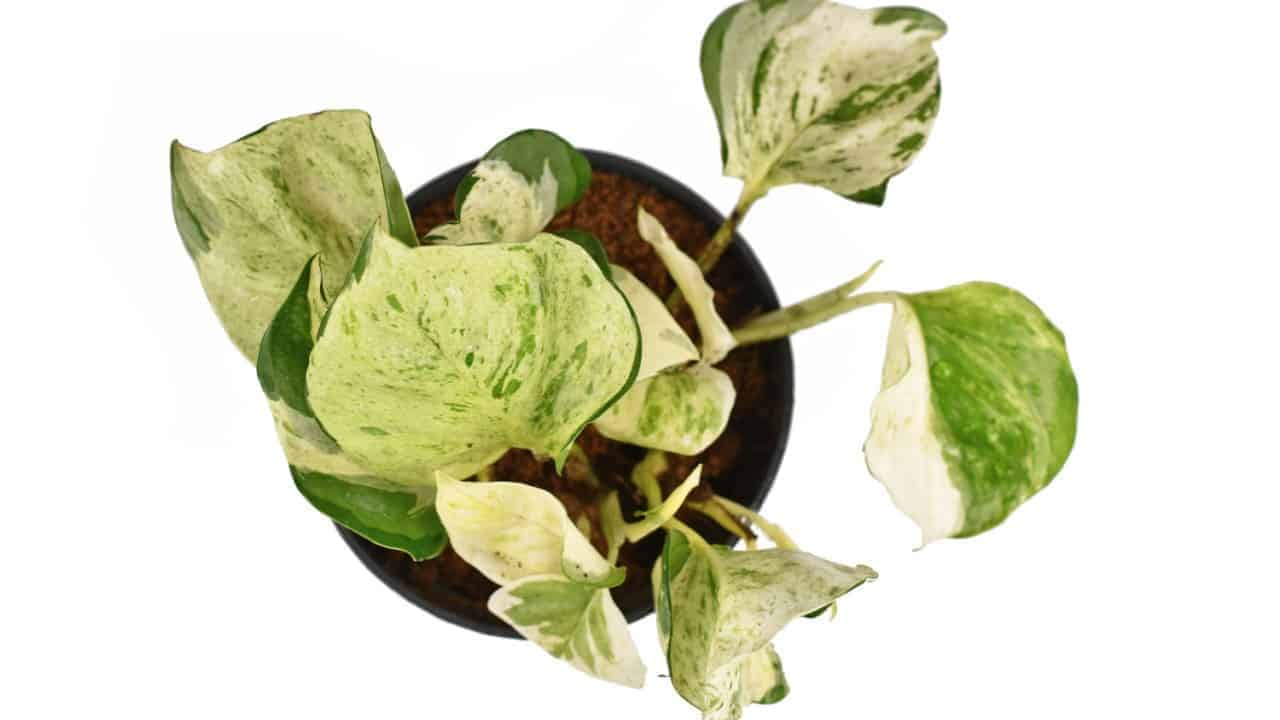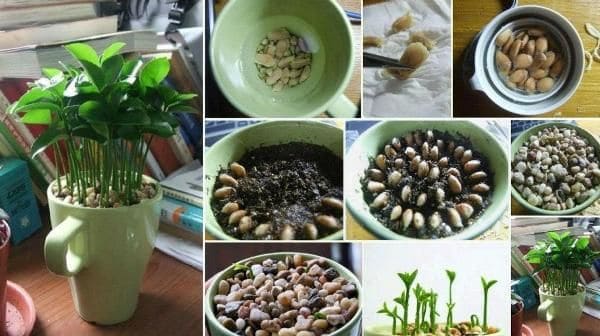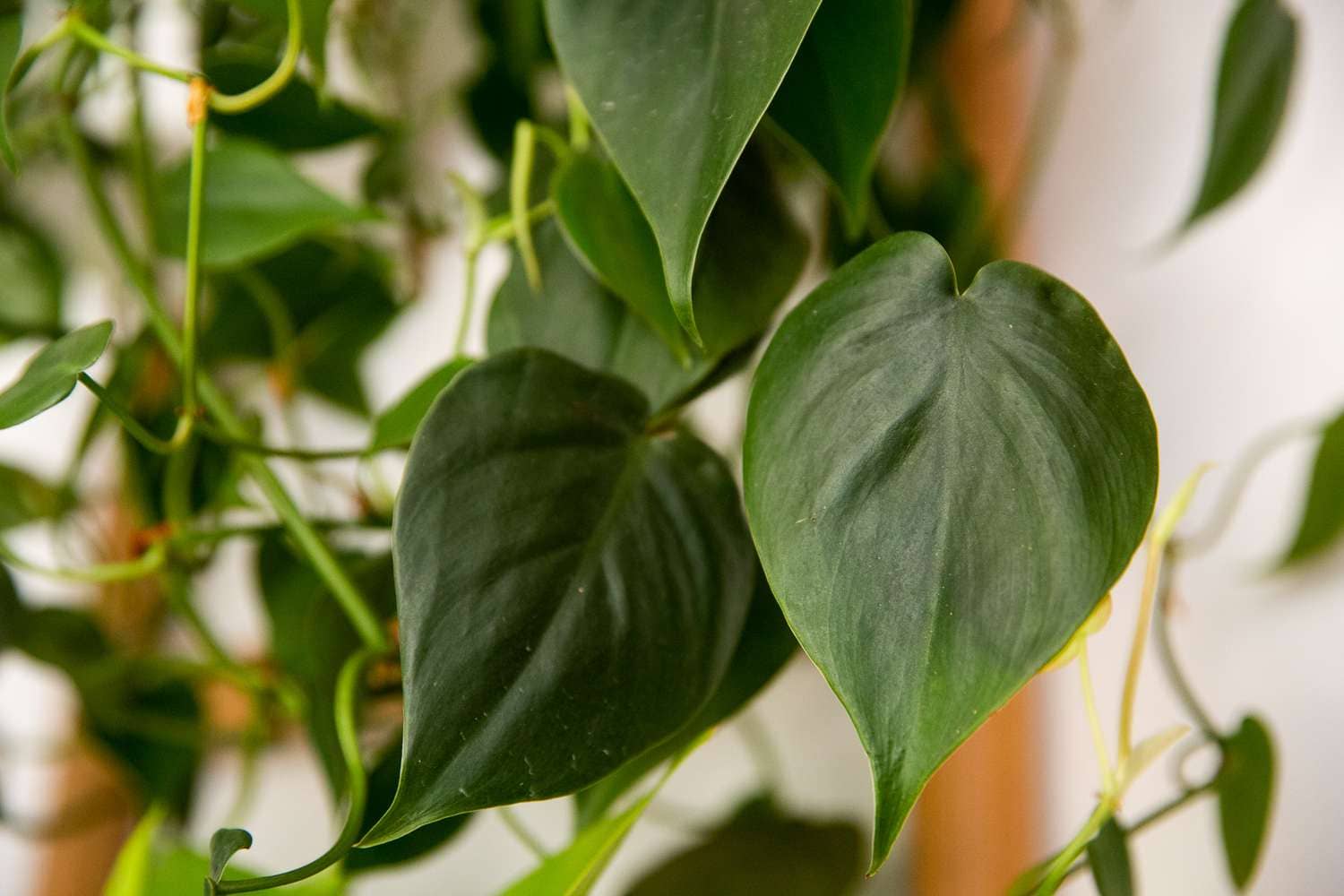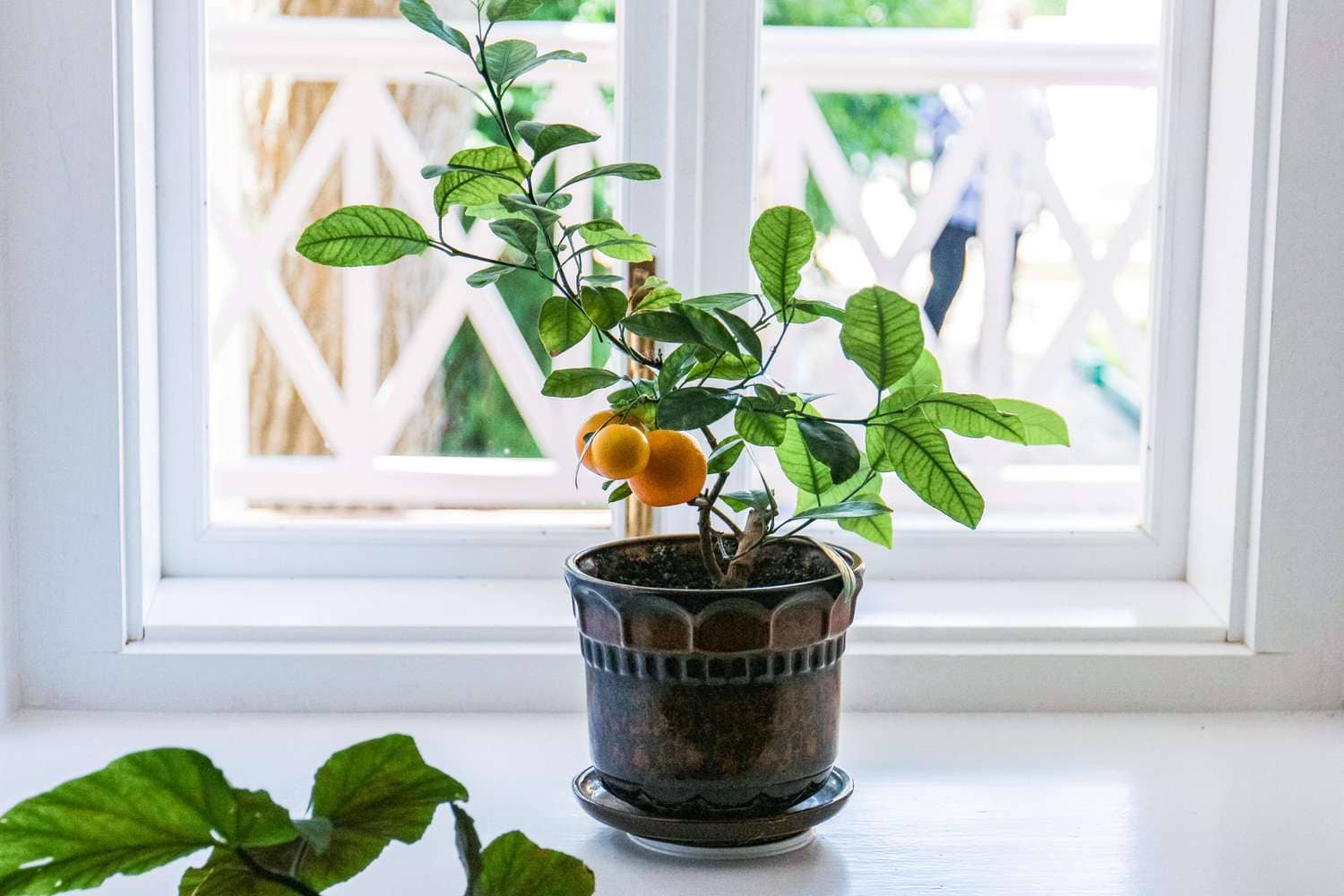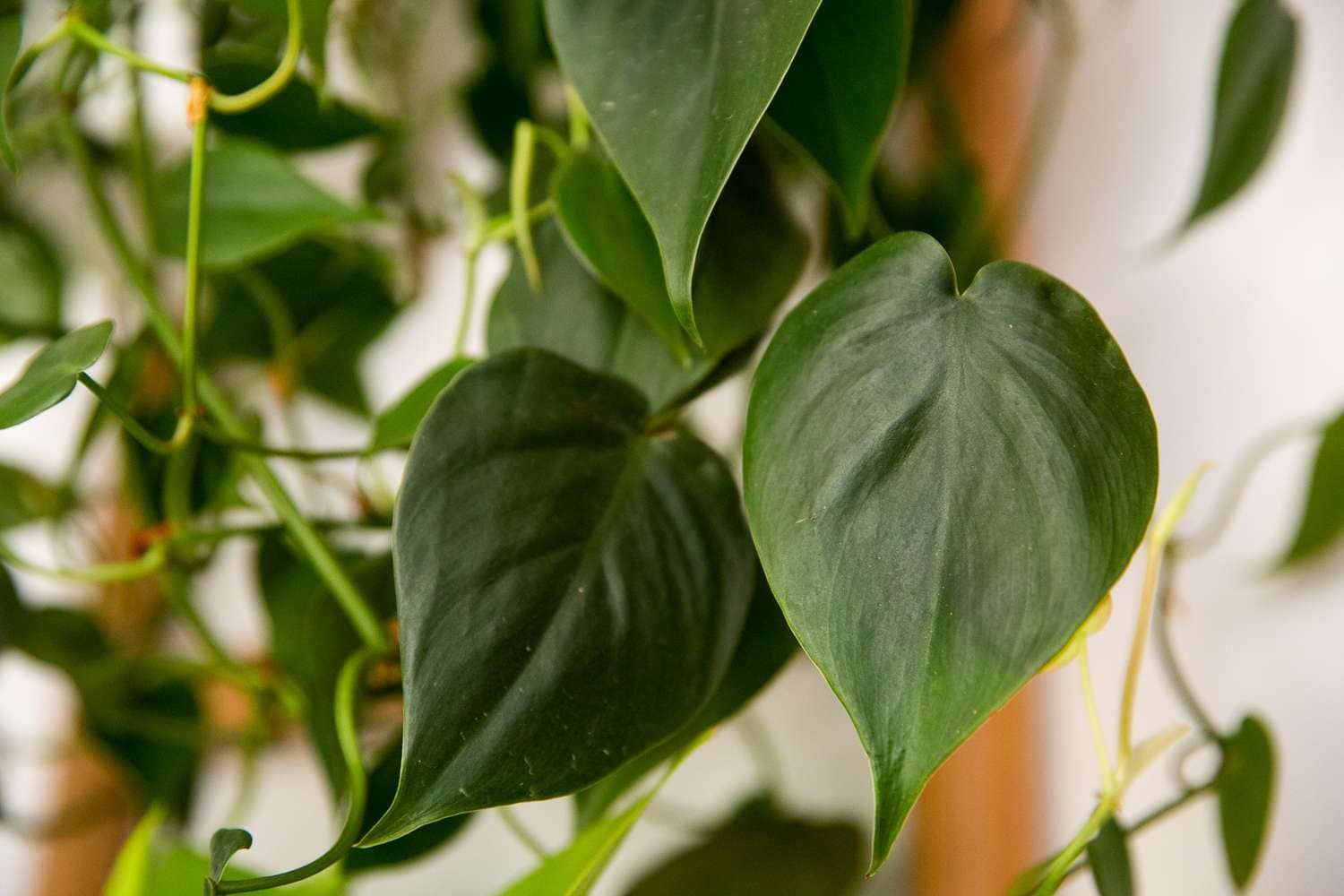Introduction
Manjula Pothos (Epipremnum aureum ‘Manjula’) has quickly gained popularity among plant enthusiasts for its stunning variegated leaves and ease of care. This captivating houseplant, a cultivar of the classic Golden Pothos, adds a touch of elegance to any indoor space. Whether you’re a seasoned plant parent or a beginner looking to enhance your green thumb, this comprehensive guide will provide you with the knowledge and insights needed to care for and cultivate Manjula Pothos successfully.
Understanding Manjula Pothos
Manjula Pothos is characterized by its heart-shaped leaves with splashes of green, silver, and creamy white. These variegated patterns make it a visually striking and sought-after choice for indoor plant collections. Understanding the plant’s natural habitat and growth habits is crucial for providing the best care.
Light Requirements
Manjula Pothos thrives in bright, indirect light but can tolerate lower light conditions. Avoid exposing it to direct sunlight for extended periods, as this can scorch the delicate leaves. Finding the right balance will help maintain the plant’s vibrant foliage.
Watering Tips
Like its Golden Pothos relative, Manjula Pothos prefers evenly moist soil. Water the plant when the top inch of the soil feels dry to the touch. Overwatering can lead to root rot, so it’s essential to allow the soil to dry out between waterings. Adjust your watering frequency based on environmental conditions and the season.
Choosing the Right Soil
A well-draining potting mix is crucial for Manjula Pothos. Use a high-quality, peat-based mix with added perlite or sand to ensure proper drainage. Repotting every 1-2 years can help refresh the soil and provide the plant with essential nutrients.
Temperature and Humidity Considerations
Manjula Pothos thrives in typical indoor temperatures ranging from 65°F to 75°F (18°C to 24°C). It can tolerate slightly lower temperatures but should be protected from drafts and cold extremes. Maintaining moderate humidity levels is beneficial; however, the plant is adaptable to average indoor humidity.
Feeding and Fertilizing
During the growing season (spring and summer), feed Manjula Pothos every 4-6 weeks with a balanced liquid fertilizer. Reduce or eliminate fertilization in the fall and winter when the plant experiences slower growth. Always follow the recommended dilution rates on the fertilizer packaging.
Pruning and Propagation Techniques
Encourage bushier growth and maintain the plant’s shape by pruning the trailing vines. Propagation is relatively simple, with stem cuttings easily rooting in water or a well-draining propagation mix. Learn the art of propagation to share the beauty of Manjula Pothos with friends and family.
Common Pests and Diseases
While Manjula Pothos is generally hardy, it can be susceptible to common houseplant pests like spider mites and mealybugs. Keep a close eye on your plant, and promptly address any signs of infestation. Proper watering practices can also prevent root rot, a common issue in Pothos plants.
Decorative Uses and Aesthetic Tips
Manjula Pothos adds a touch of sophistication to any indoor space. Consider hanging baskets, decorative containers, or trellises to showcase its cascading vines. Experiment with different placements to highlight the variegated foliage against contrasting backgrounds.
Conclusion
Caring for Manjula Pothos is a rewarding experience that brings natural beauty into your home. By understanding its unique requirements and growth patterns, you can create an environment that allows this stunning plant to thrive. Whether you’re a seasoned plant enthusiast or a beginner, Manjula Pothos is a delightful addition to any indoor garden, offering elegance and charm with minimal effort. Explore the world of Manjula Pothos and elevate your plant parenting journey.

